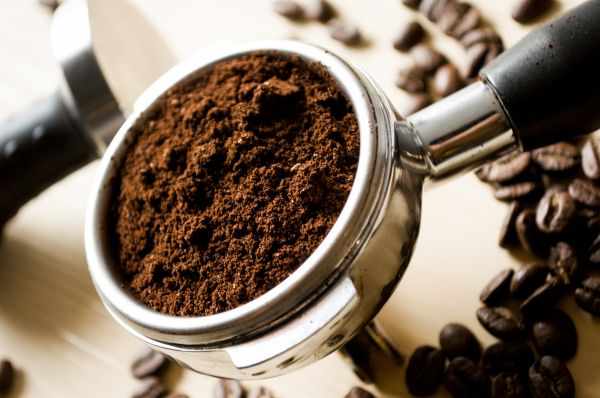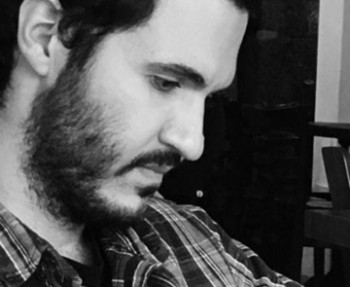Types of coffee and their origin
Which one do you prefer?
Coffee is a beverage made from roasted and ground coffee beans (coffee tree) and has a refreshing effect, which is due to caffeine, an alkaloid component present in the seeds of its fruits. The process of preparing the drink is repeated worldwide more than 400 billion times a year and 7 million tons of coffee are produced and sold on the market every day worldwide.
The history of coffee began in Ethiopia, where coffee arabica (Coffea arabica) grew as a bush. Initially the fruit was used whole by the locals, who either chewed it or ground it into small pellets. The earliest reference to the production and consumption of coffee appears in the mid-15th century in the Sufi monasteries of Yemen.
The differences between the types of coffee are found in the degree of grinding of the beans, the blends used for each one and the way they are extracted.
Espresso
The word espresso translates as extract and is the coffee obtained by extracting hot water through finely ground coffee beans. The result is thicker than any other brewing method, thanks to the higher concentration of compounds (due to less water falling) and the cream on top (and it is a foam with a creamy consistency). Espresso has more caffeine per unit volume than most coffee drinks, however the portion is much smaller (25-30ml), so the caffeine content of an espresso is generally lower than that of a cup of coffee.
Americano
During World War II American soldiers stationed in Italy could not drink espresso because it was too strong and intense, so they diluted it with hot water and created a milder version.
Cappuccino
The light brown color of the hooded cassock worn by the Capuchin monks, members of the Franciscan order of monks created in 1529 within the Catholic Church, inspired those who christened one of the most popular coffees. The name comes from the characteristic, long and pointed hood of this cassock (cappuccio). Food historians have traced the first use of "cappuccino" in relation to a drinkable coffee to 18th-century Vienna, as kapuziner (German version of the original). The drink was prepared with the addition of whipped cream which created a color similar to that of the cassocks of the Capuchin monks who preached in their town. At the beginning of the 20th century, this type of coffee became known in Italy and as a variation of the Viennese drink, they used milk instead of whipped cream.
Macchiato
The Italian word macchiato translates as "marked" or "stained", that is, it is espresso that has been marked with a small amount of milk. The origin of the name is attributed to a barista trying to explain to waiters the difference between a shot of espresso and an espresso with a little milk in it.
Cortado
Between the cappuccino and the macchiato is the cortado. It contains equal amounts of coffee and slightly steamed milk. Thus, the acidity of the coffee is reduced and a microfoam with a rich taste is created. This variation was offered to the world by citizens of the Basque Country, Spain. Cortado comes from the verb cortar which means "to cut". As the milk "cuts" the bitter taste of the espresso, offering a balanced sweetness.
Latte
Espresso coffee with a large amount of milk.
Mocha
Historically, it is connected to the port of the homonymous city, in Yemen, one of the most important coffee trade centers during the 15th century. At that time only the coffee beans of the type we know today as Coffee Arabica and which have a chocolate flavor were cultivated there. Its aromas, combined with espresso and milk, give what we know today as mocha taste.
Irish Coffee
Foynes Port near Limerick, Ireland became one of Europe's largest civilian airfields in World War II. Later it developed into an air base for transatlantic flights carrying politicians and Hollywood stars.
To serve the passengers, a restaurant was created that offered for the first time a cocktail containing hot coffee, whiskey, sugar and a layer of cream on top, to enhance the taste and provide insulation from the cold. The name came from bartender Joe Sheridan, who, when asked by a customer if the coffee he had made was Brazilian, replied "no, it's Irish".
Instant coffee
Instant coffee is an invention of the Japanese Satori Kato and it was made in 1901. Its preparation is very simple after mixing it with a little hot water and it dissolves releasing its aroma immediately.
Filter coffee or French
It is a light coffee, it has a low caffeine content, and it is prepared using a special machine in which we put a filter inside this coffee as well.
Coffee with ganoderma
In recent years, more and more consumers of organic products prefer coffee with ganoderma. This is common coffee to which the healing ganoderma mushroom is added. Some of the valuable properties of this type of coffee are strengthening the immune system, improving memory, slimming, reducing cholesterol and many others.

 English
English
 Ελληνικά
Ελληνικά Русский
Русский
 Original Article Posted by
Spyros Papapetros
Original Article Posted by
Spyros Papapetros





